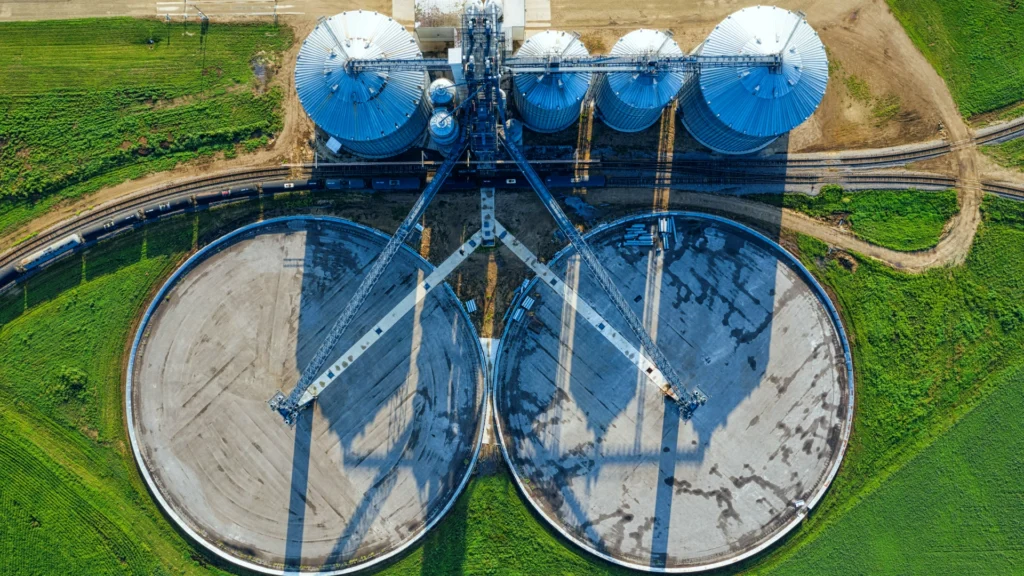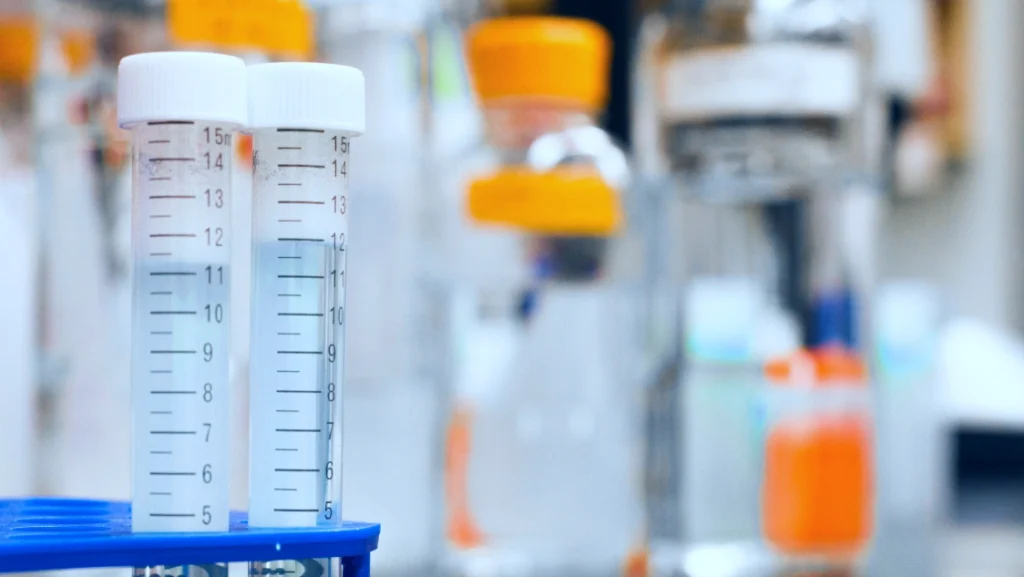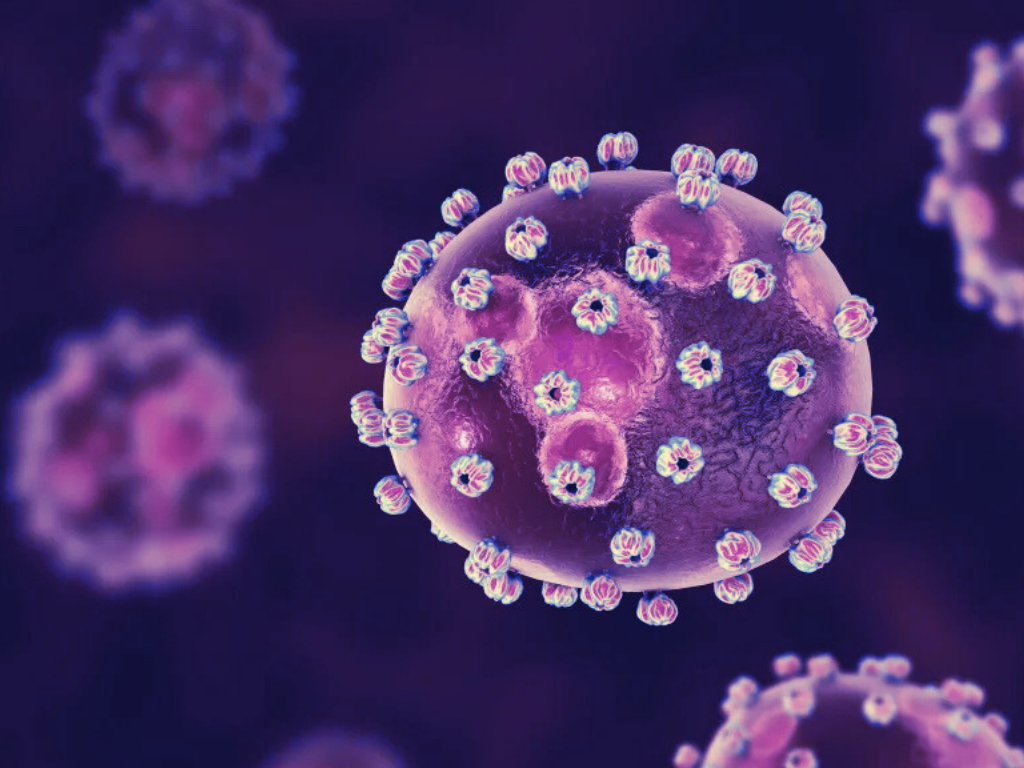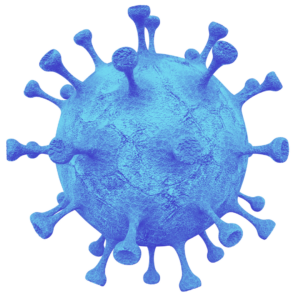Thanks to wastewater surveillance, sewers can double as data pipelines that can help predict infectious disease spread
Here at BlueDot, we face a constant paradox in the pursuit of our mission. When you are in the business of generating early-detection intelligence about infectious diseases, as we are, you can’t rely on data generated by traditional methods: by the time clinical testing of individual patients confirms the presence of an outbreak, the pathogen is already on the loose in the community. If you’re going to get ahead of the curve, you have to find innovative sources of data on disease spread that are accurate and reliable — and more timely than typical public health practices can provide.
Sometimes that kind of pristine data can only be found in some awfully filthy places. That’s why BlueDot has partnered with a unique wastewater surveillance project out of Stanford University and in collaboration with Emory University known as WastewaterSCAN.

What is wastewater surveillance?
Dr. Alexandria Boehm is a professor of environmental engineering at Stanford University and, an expert in wastewater surveillance. As the principal investigator at WastewaterSCAN, the academically-led program she co-founded, Boehm works with wastewater treatment facilities that collect sewage samples in nearly 200 locations across the United States. As she explained on the recent BlueDot webinar Unlocking the Potential of Wastewater Data in Infectious Disease Surveillance, those samples are delivered daily to WastewaterSCAN’s lab partner, where they are examined for traces of more than 10 different infectious diseases.
“Infectious disease pathogens are shed in human excretions and appear in all drains,” explains Boehm. “This includes urine, feces, sputum, mucus, even skin — anything that is shed down household drains. That turns wastewater into a composite biological sample that can provide information on disease circulation.”
“Because we all use our household plumbing,” she adds, “using wastewater for disease surveillance requires no behaviour change from individuals.” In other words, with wastewater surveillance, you don’t need clinical samples from individual patients to find out what’s circulating in the community. There’s lots of insight to be found down in the sewer pipe.

Wastewater surveillance: the science of sewage
The pandemic spurred many localized efforts to conduct COVID wastewater surveillance in recent years, but the practice is not particularly new. Its methodology was first developed during the interwar period when it was proposed that conducting periodic examinations of sewage could be useful in tracking polio outbreaks in the United States. Since then, wastewater science has advanced by leaps and bounds, to the point where Boehm says scientists now know exactly where to look to find traces of disease. “What we have found is that the viruses in wastewater tend to stick to the solids, where they can be found in concentrations about 1000 times higher than in the liquid phase of wastewater.”
5 Top Takeaways on Wastewater Surveillance
1. Sewers don’t lie. Many pathogens are shed down our household drains. If a disease is suspected to be circulating in the community, a wastewater sample has a good chance of identifying what it could be.
2. Wastewater surveillance is bigger than ever. The practice has expanded since the pandemic. Stanford-based WastewaterSCAN has built a network of nearly 200 wastewater sampling sites across the United States and tests for more than 10 infectious diseases.
There are also academic and state wastewater monitoring programs, CDC’s National Wastewater Surveillance System (NWSS) program, and commercial programs producing this valuable public health data.
3. Waste data tracks with case data. WastewaterSCAN’s results show that its data mirrors, and even presages, the data from clinical testing.
4. It’s like reading entrails, but with science. BlueDot found that wastewater samples provide an earlier signal, often 6-13 days in predicting influenza positivity trends at the state level.
5. Its best is yet to come. With a nationwide network in place, WastewaterSCAN has established the infrastructure to rapidly detect emerging Covid variants and new diseases of public health significance.
Back in the 1930s scientists had to inject wastewater into monkeys and wait to see if they developed polio. Today the use of PCR testing, invented in 1983, can not only produce results within 24 hours, but also detect multiple pathogens simultaneously. WastewaterSCAN started as a proof-of-concept research project to find out if SARS-CoV-2 could be detected in wastewater. Today WastewaterSCAN tests not only for SARS-CoV-2 (COVID-19) but for mpox, influenza A and B, RSV, human metapneumovirus (HMPV), parainfluenza (HPIV), norovirus, rotavirus, hepatitis A, Candida auris, and enterovirus D68.
The net result of the process is a kind of weather forecast for respiratory and other infectious diseases. With wastewater surveillance, public health officials don’t have to wait for patients to show up with symptoms to find out which pathogens are circulating in their communities. Thanks to the sewage flowing underground, can get advance notice of what’s circulating in the population— simply by checking WastewaterSCAN’s online data dashboard.
It’s a remarkable success in data-driven disease surveillance, but Boehm says the data has been the easy part of the whole endeavour. “We got here by building a really strong scientific foundation for our work and cultivating relationships with all those partners,” says Boehm. “That was time-consuming but really important work.”

BlueDot: Building better intelligence for early detection
At BlueDot we use data to gain the most comprehensive and timely understanding possible of disease activity around the world. That means pulling data from the broadest possible spectrum of sources, from early media reports to public health data and everything in between — and wastewater surveillance data is an important part of that overall picture.
“Each data source has its own unique strengths and limitations in terms of timeliness, completeness and impact,” says BlueDot data scientist Lauren McKenzie. “With influenza in particular, we’ve found wastewater data to be a leading indicator of community-level trends.”
BlueDot’s expertise lies, in part, in our understanding of the kind of information that each data source can provide — and in our ability to integrate as many different data sources as possible. For the recent influenza season, the incorporation of WastewaterSCAN’s data into our models can provide us with an early lead time of between 6 to 13 days in identifying state positivity trends.
That has created the opportunity to provide clients with more accurate and timely alerts on influenza season’s start, peak, and wane in different communities.
Conclusion: tracking the next big thing
But the greatest benefit of wastewater surveillance may well be in the potential to track the spread of diseases we don’t even know about yet. If an unknown pathogen or a new COVID variant suddenly appears halfway around the world and its genome can be sequenced and an assay designed, wastewater surveillance may be able to detect it in the sewers.
“Within a day of hearing about the BA.1 (Omicron) variant of COVID appearing in Africa, our team had designed primers and probes to target it,” says Boehm. “We deployed the assay in the Bay area even before a first case had appeared here.” That’s what makes WastewaterSCAN’s 200-location network so invaluable to future efforts at disease mitigation — and makes wastewater surveillance an essential part of BlueDot’s intelligence toolkit.










